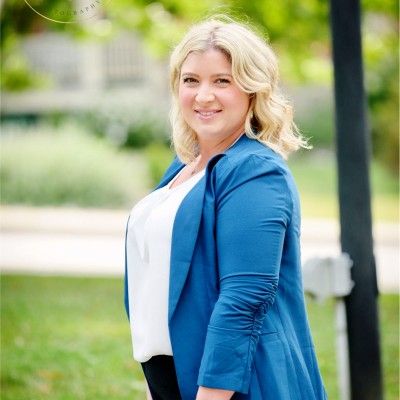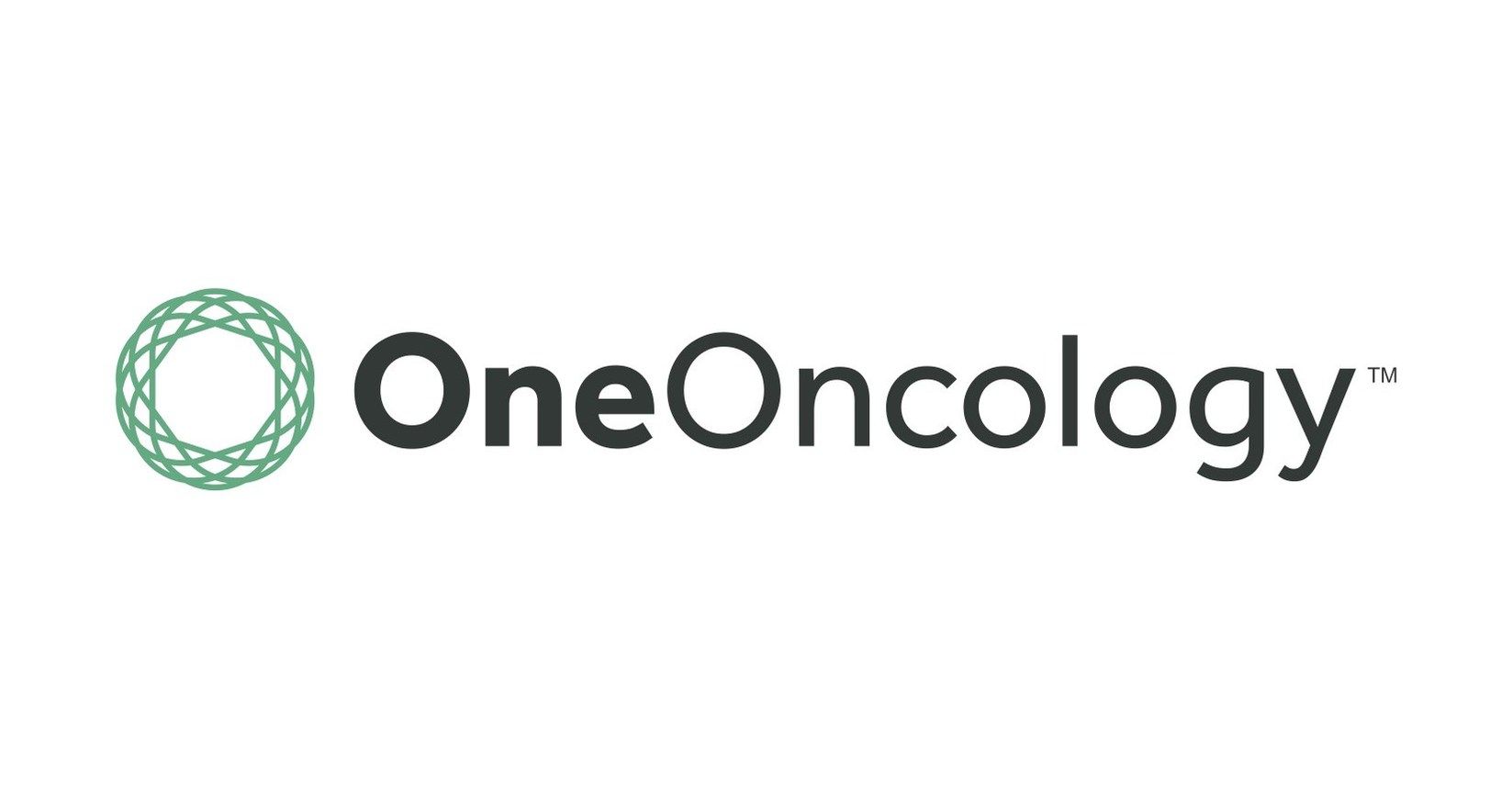News
Article
Sustainable Cancer Screening Has Potential, With the Right Tools
Author(s):
A presentation at the Association of Community Cancer Centers’ 40th National Oncology Conference explored how a cancer screening initiative can be sustainable and revenue positive while driving value-based savings in an evolving market.
Jamie Ries, RN, BSN, CMSRN | Image Credit:
St. Elizabeth Healthcare Cancer Care Center

Michael Gieske, MD | Image Credit:
St. Elizabeth Healthcare Cancer Care Center

“Implementing a sustainable process for cancer screening outreach is a win for every step of the health care continuum,” emphasized a pair of presenters from St. Elizabeth Healthcare, a nonprofit that serves the Northern Kentucky/Greater Cincinnati region, yesterday at the Association of Community Cancer Centers’ 40th National Oncology Conference.
The cancer screening program was implemented at the St. Elizabeth Healthcare Cancer Care Center in Kentucky, which opened just 3 short years ago and is 1 of 6 ACCC 2023 Innovator Award recipients at this year's conference. This 244,000 sq ft facility is the largest cancer center within a 250-mile radius. It currently serves more than 396,000 patients; has 766 health care providers, of which 479 are physicians and 287 are advanced practice providers; encompasses 44 specialties and services, such as addiction medicine, infectious disease, medical oncology, palliative care, and radiation oncology; has 169 practices in 11 counties; and can boast that 1 in 2 patients participates in value-based care programs. In 2022 alone, there were nearly 2.1 million patient visits, approximately $500 million in gross revenue, and a net provider growth of 8%.
The challenge that Jamie Ries, RN, BSN, CMSRN, manager of Population Health Support Services (PHSS), and Michael Gieske, MD, director of lung cancer screening, had to confront with their novel cancer screening initiative was to implement a sustainable process for reaching out to patients with outstanding cancer screening orders. Previous efforts to this end included hiring social workers for their Comprehensive Primary Care Initiative; at the start of the COVID-19 pandemic, bringing in a medical assistant for their Integrative Oncology Center; and activating a virtual health team comprising nurse triage and school-based health.
“We didn’t have a sustainable process when it came to allocating cancer screening orders. We knew that our providers were having these conversations with our patients, but there was no follow-up being done,” Ries said. “Everybody has their own roles and responsibilities that they were responsible for, and as an organization, we had to make this a priority for our patients.”
In addition to the screening program being good for patient care, financially, there are 3 major ways in which cancer screening benefits the health care system and drives value. There was potential for direct revenue and reimbursement for every completed cancer screening, and downstream once patients were through their doors, there would be follow-up imaging, diagnostic labs, and biopsies—all of which would help to propel St. Elizabeth’s move toward a value-based incentive program and away from fee-for-service–laden care, thereby theoretically decreasing the total cost of care for the patient. The aim was that cancers would be caught at the earliest stages—stage I or stage II.
Breast, lung, and colorectal cancers were covered in the screening program, which was implemented in August of 2021, and each had a dollar amount tied to it to demonstrate a return on the center’s investment, according to a 2019 analysis of downstream revenue: $125.84 per mammogram (breast cancer), $280.13 per low-dose lung CT (lung cancer), and $253.39 per colonoscopy (colorectal cancer). There also was a dedicated team of outreach specialists, which encompassed 6 full-time registered nurses and 6 nurse navigators, each of whom chose 1 of the 3 cancers as their outreach focus.
St. Elizabeth’s also implemented a new workflow process called Order Completion, through its PHSS, which involved telephonically reaching out to patients. The first step covered identifying patients with open screening orders, not actively receiving treatment, or not enrolled in hospice. From there, patients were prioritized according to if they had multiple care gaps or had been seen in the past year. Two outreach attempts were made to contact each patient, and that was followed by outreach attempts every 6 months until a screening order was completed or had expired. Successful contact meant having engagement with a patient, educating them on the importance of a screening, closing all open care gaps, and providing referrals as needed. Voicemails were left for patients who could not be reached and specific callback numbers were left that represented direct lines to the nurse communicators who called them.
Ries credits the program’s success to PHSS’ team culture, which encourages networking, making every contact count, smiling and dialing, and having pride in being the outreach arm of St. Elizabeth’s. There were also vital collaborations with care management teams, lung cancer nurse navigators, the Breast Health Center, and a quality transformation team.
“Patients are so happy that somebody is taking that time to get them to schedule that appointment,” Ries highlighted, “because maybe something happened and they couldn’t schedule that appointment. Just knowing that somebody cares enough about them to call them and say, ‘Hey, this is important, let’s get you seen.’”
So what were the results?
- In 2022, from January through December, 6441 mammograms and 4990 low-dose lung CTs were scheduled, and 6276 Cologuard results were addressed.
- Year-to-date for 2023, the screening completion rates are 29% for the 4172 mammograms ordered, 38% for the 2375 low-dose lung CTs ordered, and 42% for the Cologuard open orders.
- By July of 2023, there were:
- 35,862 completed breast cancer screenings, a nearly 10-percentage-point jump from July 2019 and just 2044 behind 2022’s total.
- 79,431 completed colon cancer screenings, an approximate 3-percentage-point jump from July 2019 and just 2010 behind 2022’s total.
- 3969 completed lung cancer screenings, a nearly 18-percentage-point jump from July 2020 and 3528 behind 2022’s total.
“Screening saves lives, right?” Ries asked the audience. “There’s no greater feeling that when you’re calling a patient and you say, ‘Let’s get you in for this issue and to get this preventive cancer screening,’ because this is allowing our patients to celebrate a lot more birthdays with us.”
Reference
Ries J, Gieske M. A model for demonstrating sustainable outreach for cancer screening. Presented at: Association of Community Cancer Centers 40th National Oncology Conference; October 4-6, 2023; Austin, TX.




